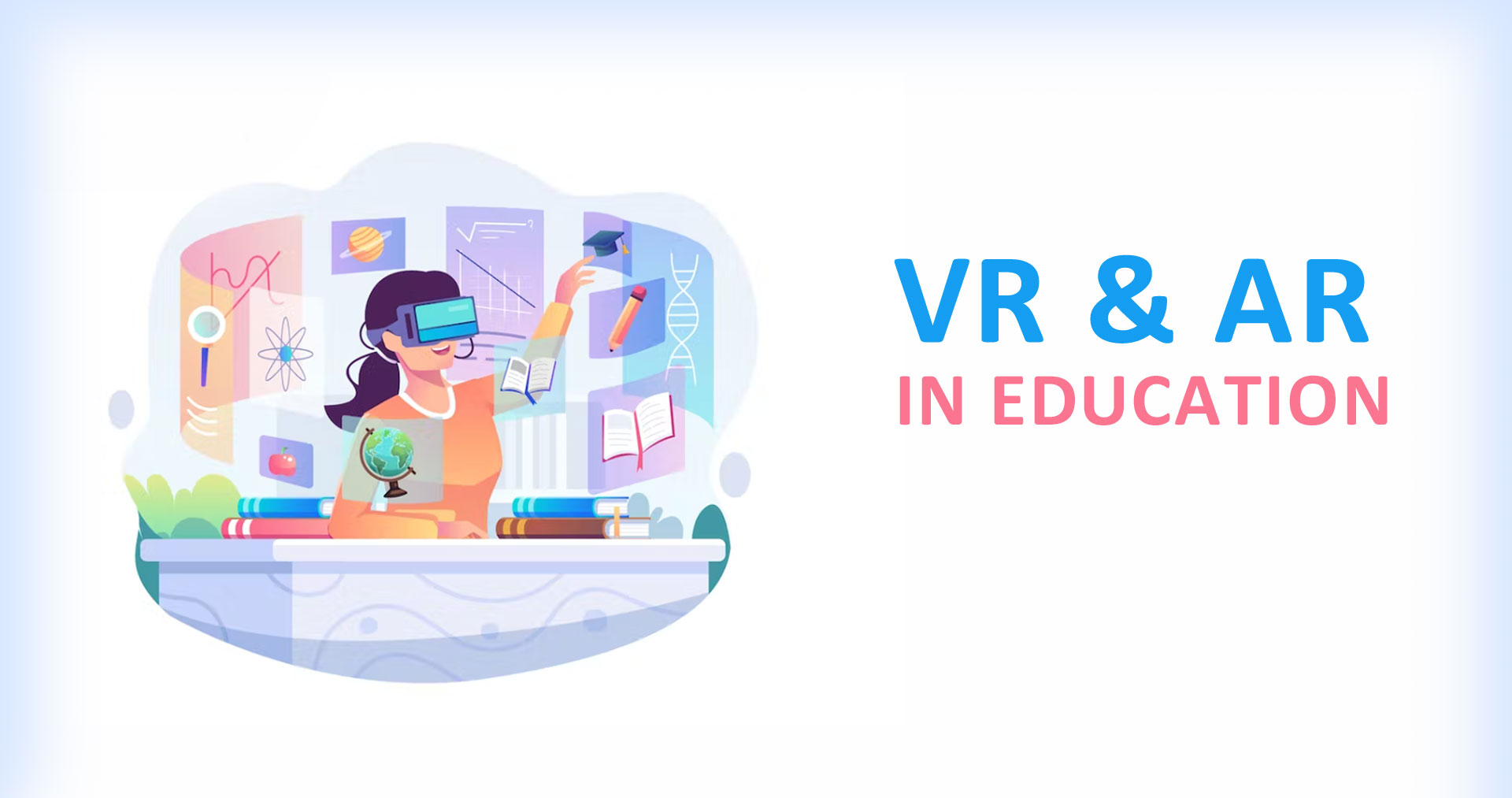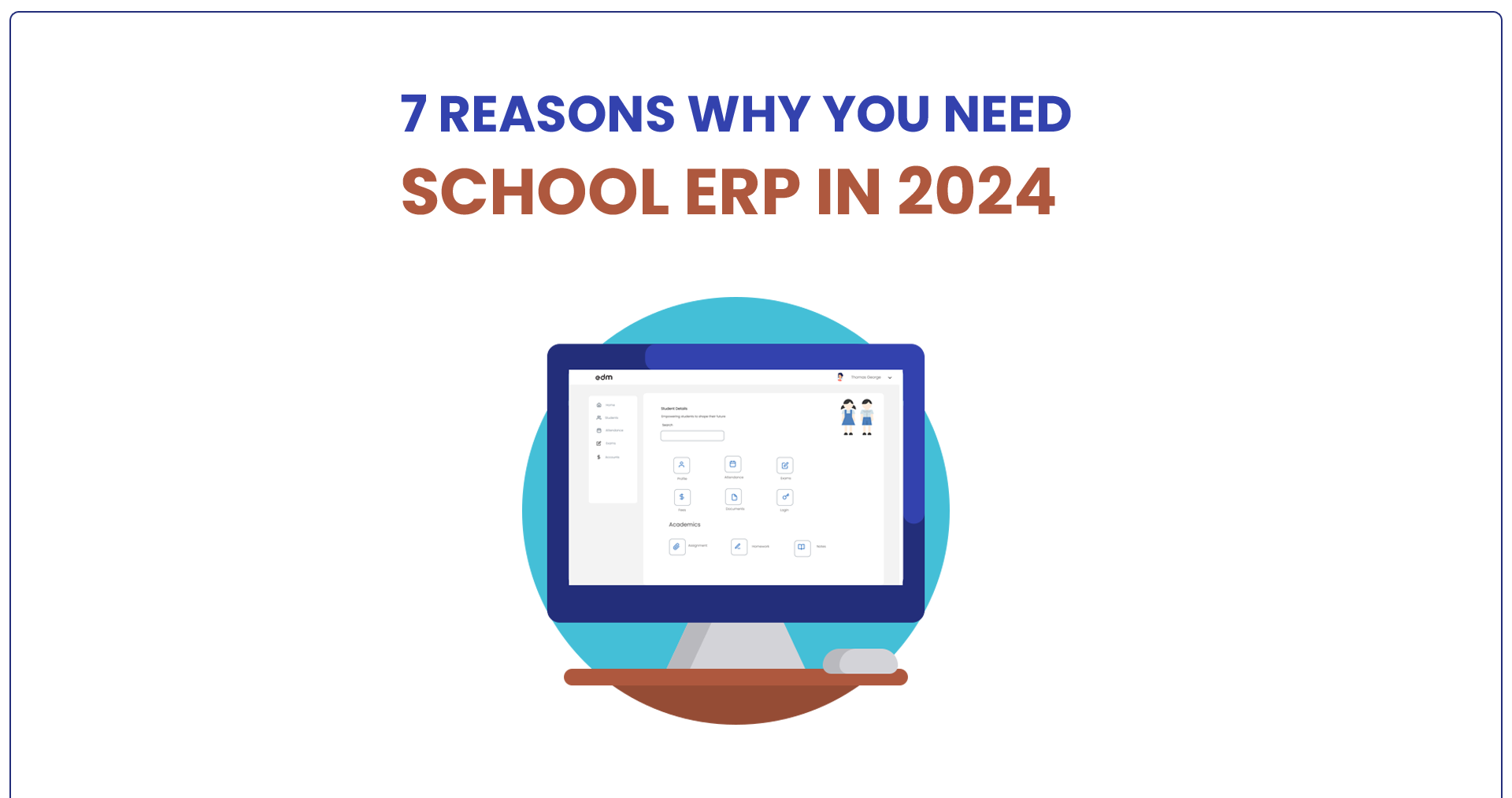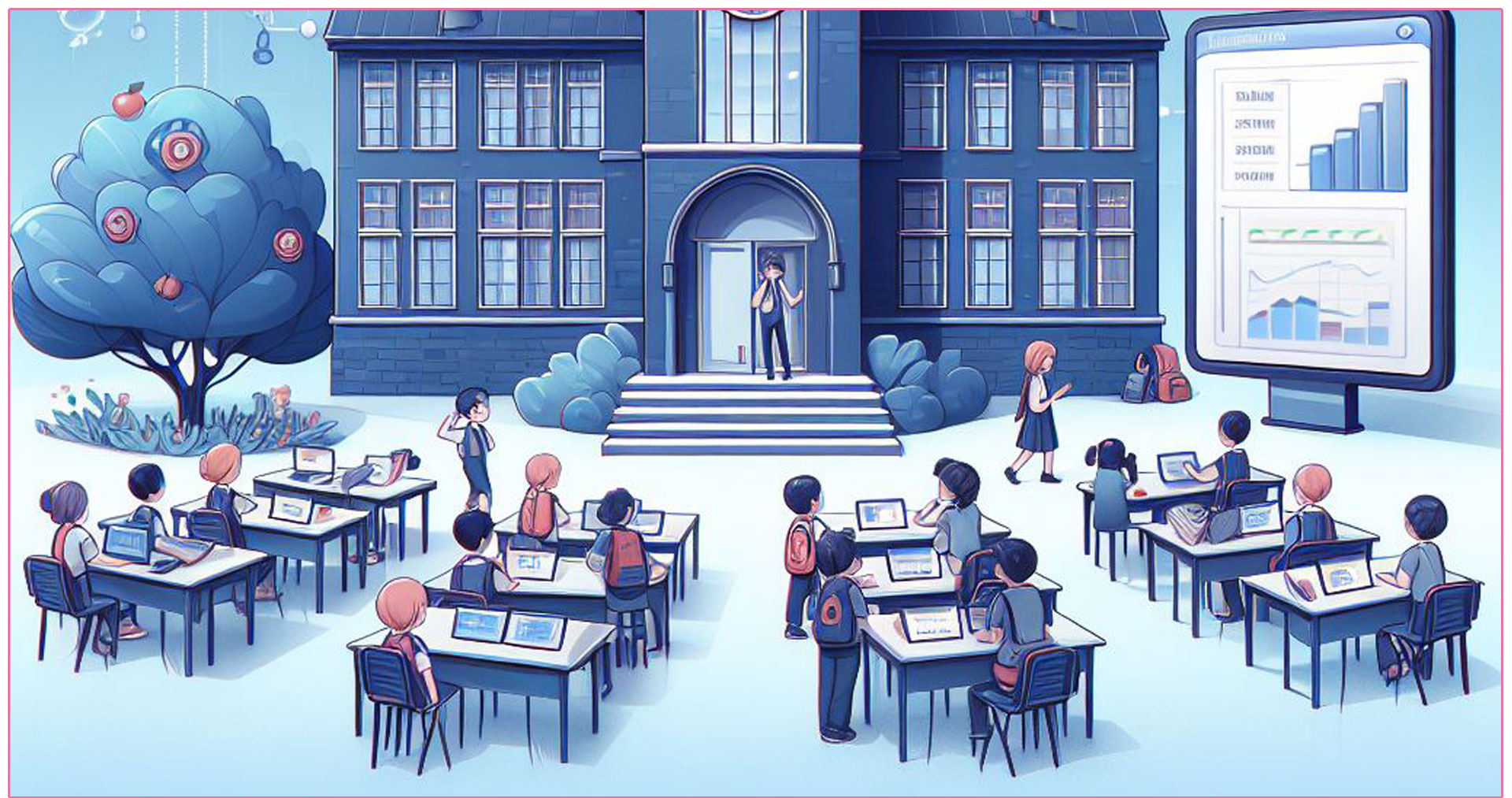Virtual and augmented reality are gaining popularity in the education sector as they offer new and engaging ways to teach and learn.
Virtual reality (VR) is a computer-generated simulation of a three-dimensional environment that can be interacted with in a seemingly real or physical way. It is often used in gaming and entertainment, but it has also found applications in education. VR technology can create immersive experiences that allow students to learn about a subject in a more interactive and engaging way. For example, a student can learn about the anatomy of the human body by putting on a VR headset and exploring a virtual body.
Augmented reality (AR) is similar to VR, but it overlays digital information on the real world. AR technology can be used in education to enhance traditional teaching methods. For example, a teacher can use AR to show how a historical event played out by overlaying information and images on top of a physical model of a city. This can help students visualize the event and understand it better.
There are many benefits to using VR and AR in education. These technologies can make learning more interactive and engaging, which can lead to better retention of information. They can also be used to create simulations and virtual field trips that would be difficult or impossible to experience in the real world. This can make learning more exciting and fun for students.
Additionally, VR and AR technologies can be used to cater to different learning styles. For example, a visual learner may benefit more from an AR lesson that includes images and videos, while a hands-on learner may prefer a VR lesson that allows them to interact with virtual objects.
There are also potential drawbacks to using VR and AR in education. These technologies can be expensive and may not be accessible to all students. Additionally, not all educational content may be suitable for VR or AR, and there may be challenges in creating high-quality educational VR and AR experiences.
Overall, the use of VR and AR in education has the potential to improve the way students learn and make education more engaging. While there are challenges to overcome, the benefits of these technologies make them worth exploring in the education sector.



